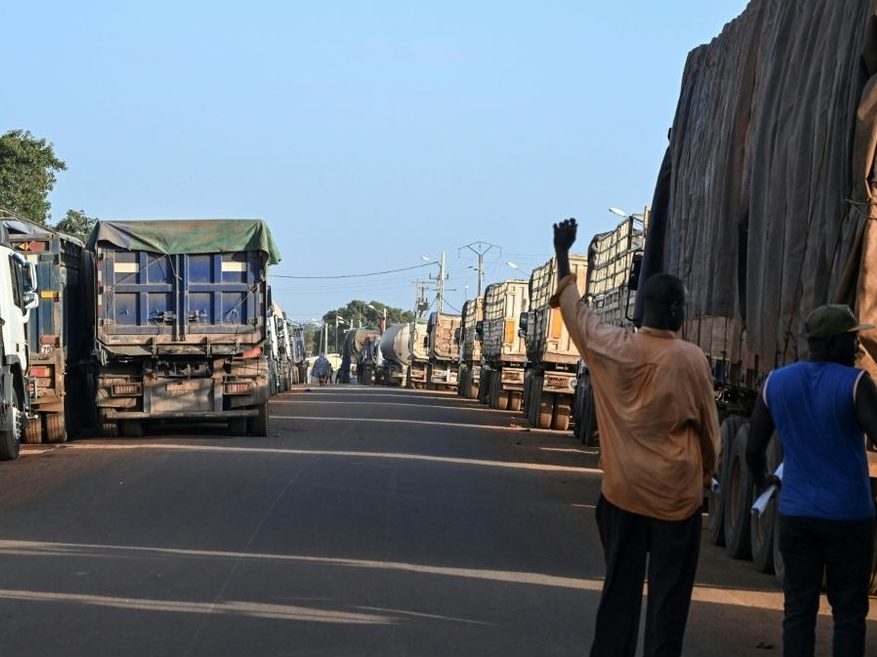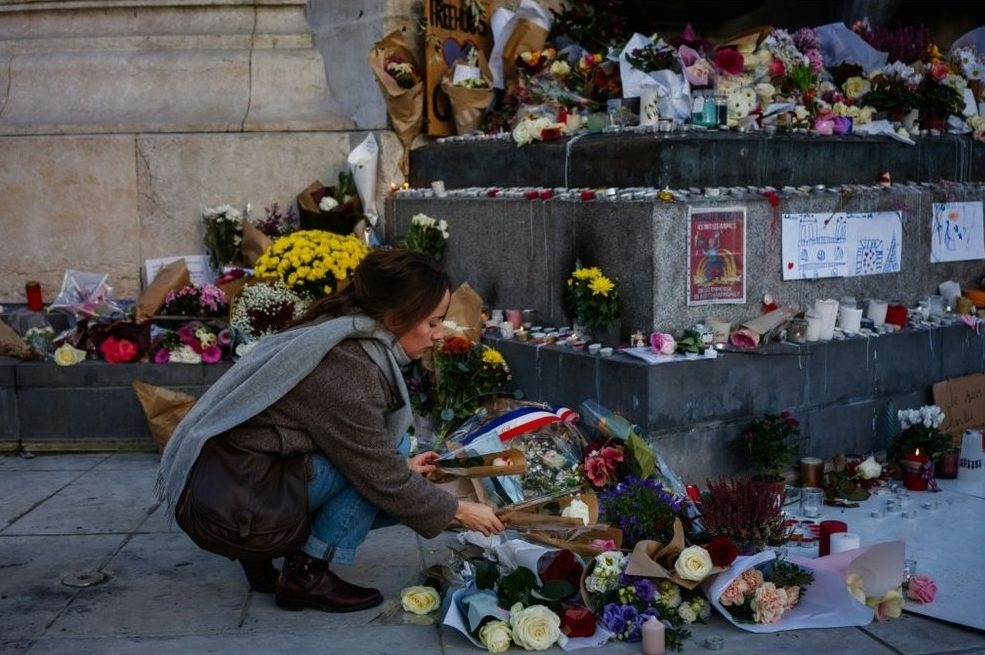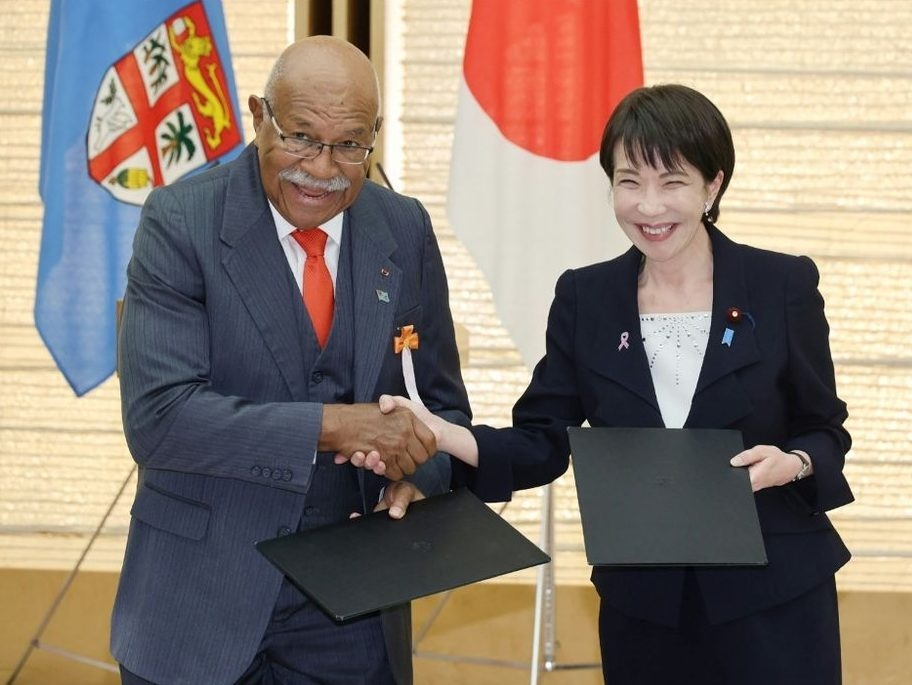A decade after the horrific attacks in Paris claimed 130 lives, a chilling truth emerges: the forces of jihadism haven’t vanished. They’ve transformed. The world’s most notorious groups, Islamic State and Al-Qaeda, have undergone a dangerous evolution, their tendrils now reaching further and posing a persistent global threat, particularly across the African continent.
Once, these organizations wielded immense power, capable of orchestrating coordinated attacks from centralized command centers. They could train operatives and dispatch them to Europe, unleashing terror like the coordinated strikes that paralyzed Paris in 2015. But the landscape has dramatically shifted.
The physical caliphate once boasted by IS in Syria and Iraq is shattered. Key leaders – Abu Bakr al-Baghdadi and Ayman al-Zawahiri – are gone, felled by targeted strikes. The core structure of both groups is significantly weakened, their leadership largely unknown and seemingly less involved in direct operations. A fundamental shift in power has occurred.

However, this doesn’t signify defeat. Instead, a dangerous reconfiguration is underway. While the central command structures falter, regional franchises are flourishing, maintaining a relentless pursuit of their ultimate goal: the establishment of a global caliphate under strict Islamist rule. The ideology endures, adapting to survive.
The nature of the threat to Europe has also changed. The days of large-scale, centrally-directed attacks are waning. Today, the most common atrocities are acts of isolated violence, inspired by jihadist ideology but not directly ordered by the groups themselves. The threat is now, disturbingly, homegrown.
These are individuals radicalized on European soil, with no direct ties to terrorist organizations, yet fueled by the same extremist beliefs. This presents a uniquely challenging security dilemma, demanding a new approach to counter-terrorism efforts.

The epicenter of jihadist activity has decisively shifted away from Europe and the Middle East. Africa, and parts of Asia, are now the primary battlegrounds. These groups operate far from Western scrutiny, establishing strongholds in regions plagued by instability and conflict.
In 2015, Iraq and Syria were the focal point. Today, the estimated number of IS fighters in Syria barely reaches 1,500. In stark contrast, West Africa, particularly the Lake Chad region and Nigeria, harbors between 6,000 and 7,000 jihadists. The Sahel region is home to another 2,500, and the situation is rapidly deteriorating.
Al-Qaeda’s affiliate in the Sahel, JNIM, is expanding at an alarming rate, threatening the stability of entire governments. They are actively strangling Mali’s economy with a blockade on vital fuel supplies, pushing the nation to the brink. The potential for a “domino effect” – the collapse of neighboring regimes in Burkina Faso and Niger – is a growing and terrifying concern.

Elsewhere in Africa, ISWAP remains a highly active and dangerous branch, while in the Horn of Africa, Al-Shabaab continues to wage a brutal campaign. The continent has become the new epicenter of terrorism, directly impacting global interests.
The chaos following the upheaval in Syria, and the fall of Bashar al-Assad’s secular regime, inadvertently provided opportunities for jihadist groups. Increased freedom of movement allowed IS to regroup and exploit the power vacuum, though without regaining their former dominance.
Currently, the IS branch in Khorasan, Afghanistan, operating under the Taliban’s rule, is the most active franchise. This group claimed responsibility for devastating attacks in Iran and Russia, demonstrating a continued capacity for inflicting harm, despite the Taliban’s efforts to suppress them.
While their capacity to cause widespread devastation has been reduced, the threat remains real. The Taliban are engaged in a fierce struggle against IS-Khorasan, but the group’s resilience and adaptability cannot be underestimated. The fight against jihadism is far from over; it has simply entered a new, more complex phase.





